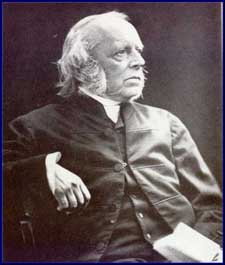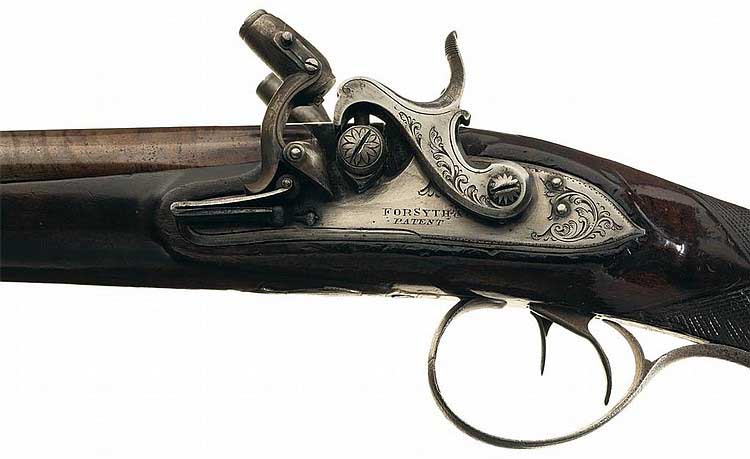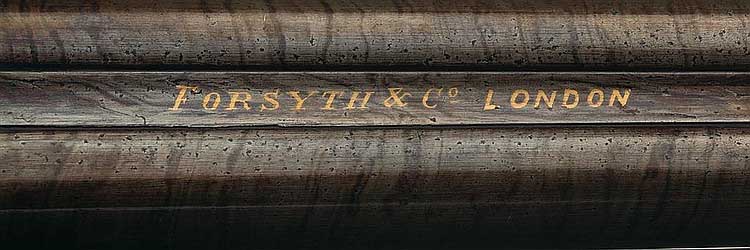Year-end reflections from the inimitable Samuel Rutherford. Most any one of these thoughts could profitably employ your mind the whole day!
GEMS FROM SAMUEL RUTHERFORD
1. What God lays on me, let me suffer.
2. Christ and his cross are not separable in this world.
3. There are too many dumb tongues and dry hearts in this world.
4. When Christ and you meet at the entrance into eternity, you shall see Heaven in his face at the first look.
5. As little as a child can carry away of the sea in its hand, am I able to take away of my great and boundless Christ Jesus.
6. When Christ in love gives a blow, it does a soul good.
7. My debt to the love of Christ must lie unpaid to all eternity.
8. A thorough and clear sight of Jesus my Lord, will make me happy forevermore.
9. I should have a king’s life if I had no other thing to do than forevermore to behold and eye my Lord Jesus.
10. O that I could cry down the price and weight of my cursed self, and cry up the price of Christ.
11. Christ is the far best half of heaven; yes, He is all heaven, and more than all heaven.
12. They lose nothing who gain Christ.
13. Either Christ or nothing; either the King’s Son or no husband at all.
14. You will not lay one stone upon Zion’s wall, but the world and Satan will labor to cast it down again.
15. The Church — the bush has been burning above thousand years, and we never yet saw the ashes of this fire.
16. I had rather mar twenty prayers than to not pray at all. The compassionate Advocate can put together broken prayers and perfume them.
17. Welcome, welcome, sweet and glorious cross of Christ! welcome, sweet Jesus, with thy light cross.
18. Christ must be welcome to come and go as He thinks meet.
19. My heart is not longing to be back again from Christ’s country; it is a sweet soil I am come to.
20. When Christ ties a know, all the world cannot loose it.
21. The worst things of Christ are far rather to be chosen than the joys of my adversaries.
22. There is no house-room for crosses in heaven.
23. I persuade you that the greatest part but play with Christianity; they put it by hastily and easily.
24. When you are come to the other side of the water, and have set down your foot on the shore of glorious eternity, and look back again to the waters, a to your wearisome journey, and shall see in that clear glass of endless glory, nearer to the bottom of God’s wisdom, you shall then be forced to say, If God had done otherwise with me than He hath done, I had never come to the enjoying of the crown of glory.




